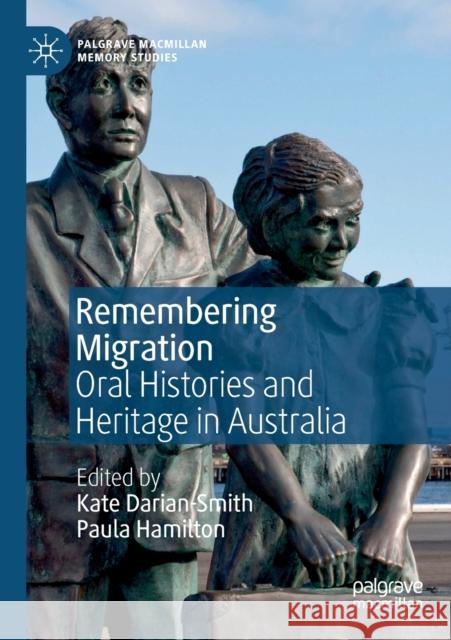Remembering Migration: Oral Histories and Heritage in Australia » książka
topmenu
Remembering Migration: Oral Histories and Heritage in Australia
ISBN-13: 9783030177539 / Angielski / Miękka / 2020 / 357 str.
Remembering Migration: Oral Histories and Heritage in Australia
ISBN-13: 9783030177539 / Angielski / Miękka / 2020 / 357 str.
cena 269,23 zł
(netto: 256,41 VAT: 5%)
Najniższa cena z 30 dni: 267,98 zł
(netto: 256,41 VAT: 5%)
Najniższa cena z 30 dni: 267,98 zł
Termin realizacji zamówienia:
ok. 20 dni roboczych.
ok. 20 dni roboczych.
Darmowa dostawa!
Kategorie:
Kategorie BISAC:
Wydawca:
Palgrave MacMillan
Seria wydawnicza:
Język:
Angielski
ISBN-13:
9783030177539
Rok wydania:
2020
Wydanie:
2019
Numer serii:
000406823
Ilość stron:
357
Waga:
0.45 kg
Wymiary:
21.01 x 14.81 x 1.98
Oprawa:
Miękka
Wolumenów:
01
Dodatkowe informacje:
Wydanie ilustrowane











